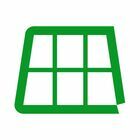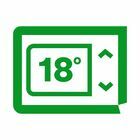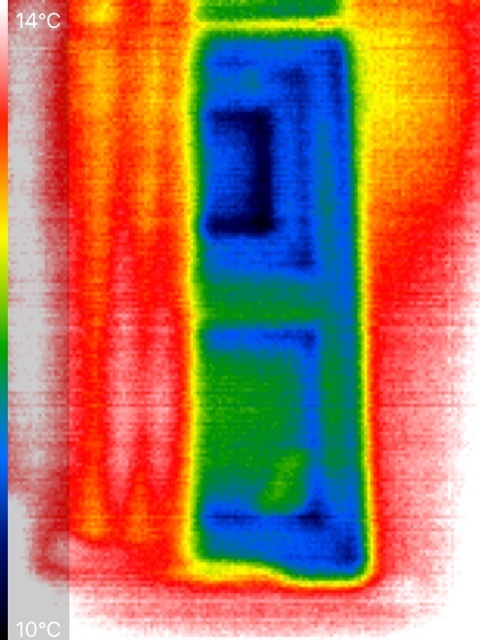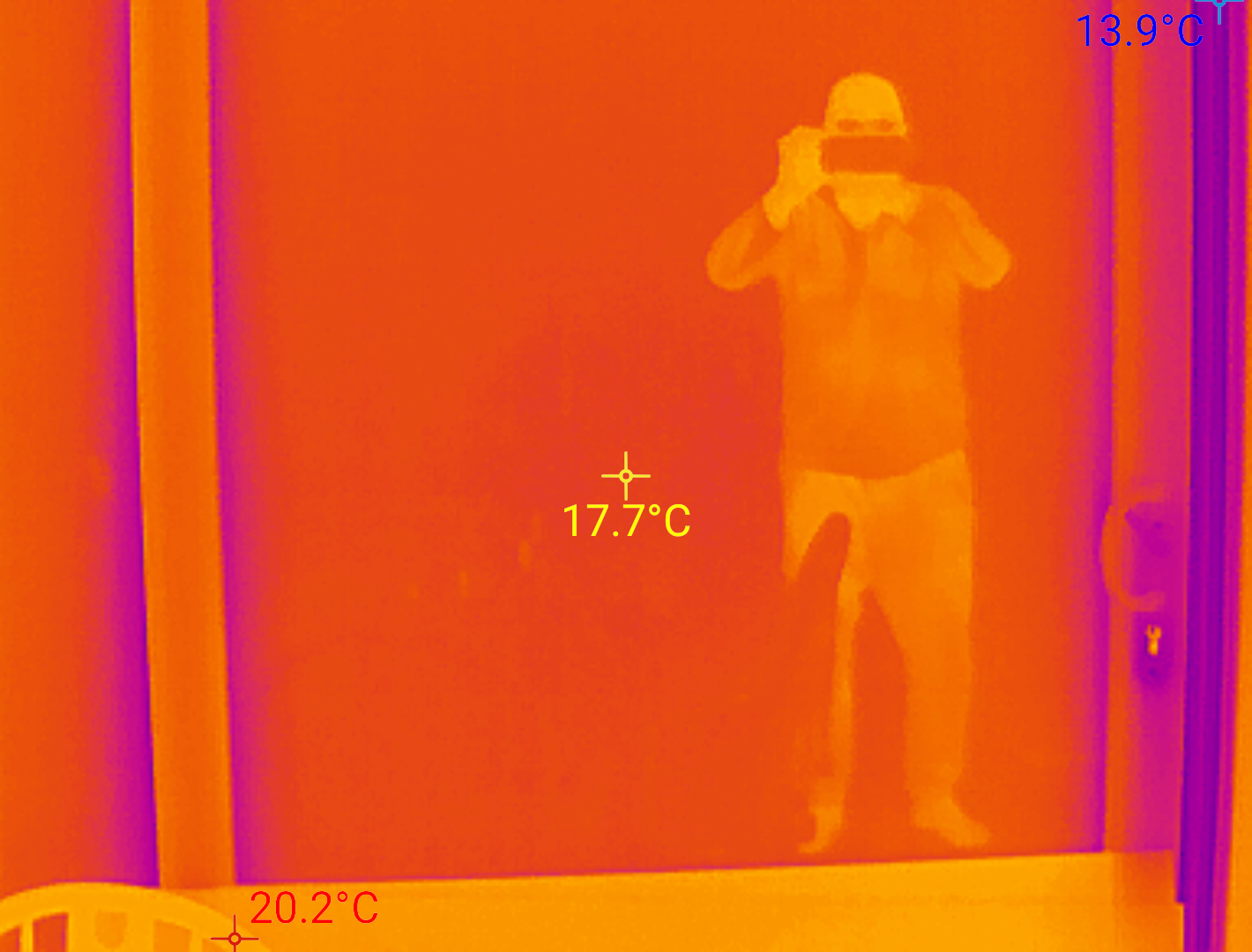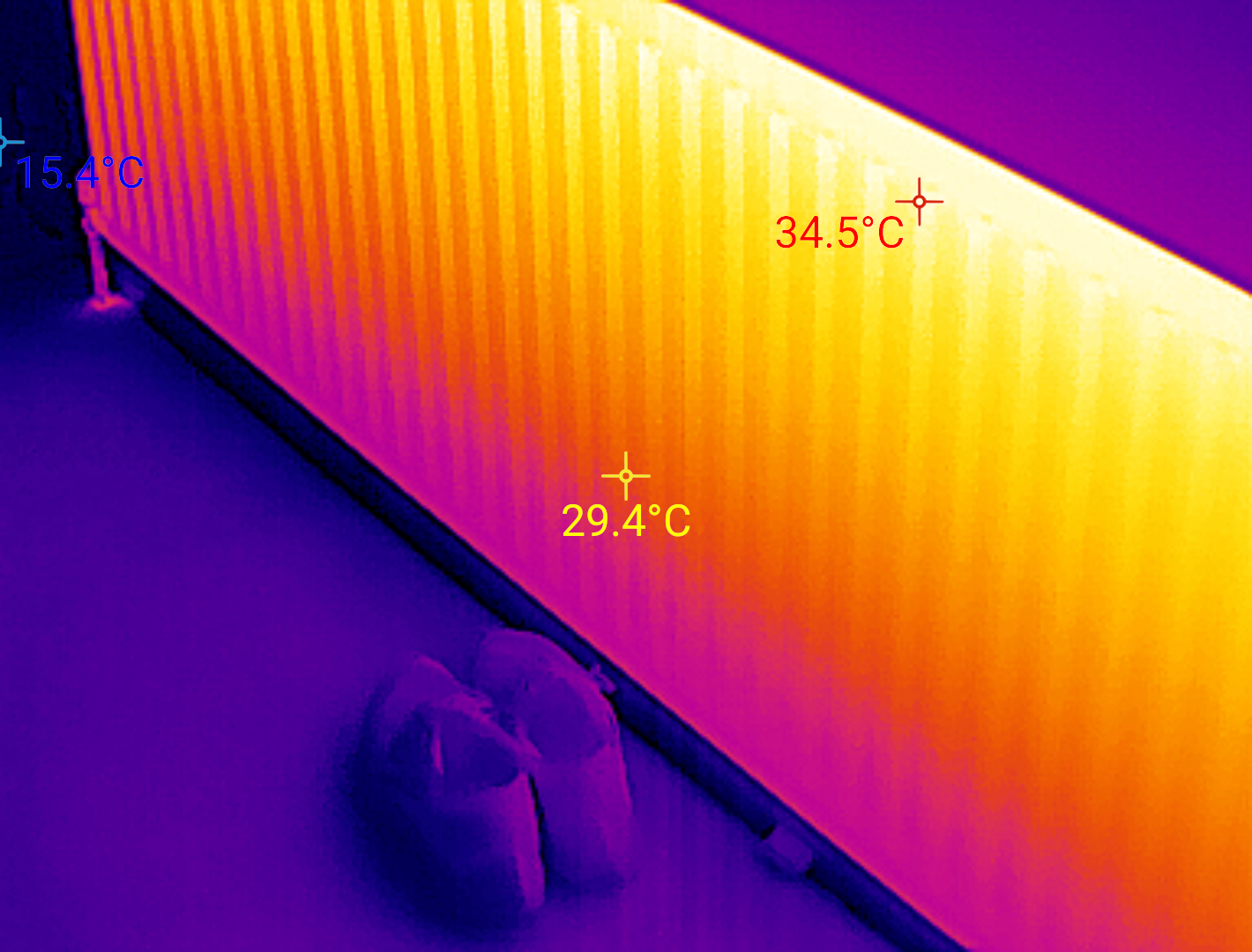I've been considering getting a company to do a thermal survey of our house, to see where we could improve insulation and reduce heat loss. But having seen the photos that
Has anyone had a thermal survey done? Was it worth the money? Does anyone else have an IR camera and have used it to improve their home? Are there any other views on which is best?



